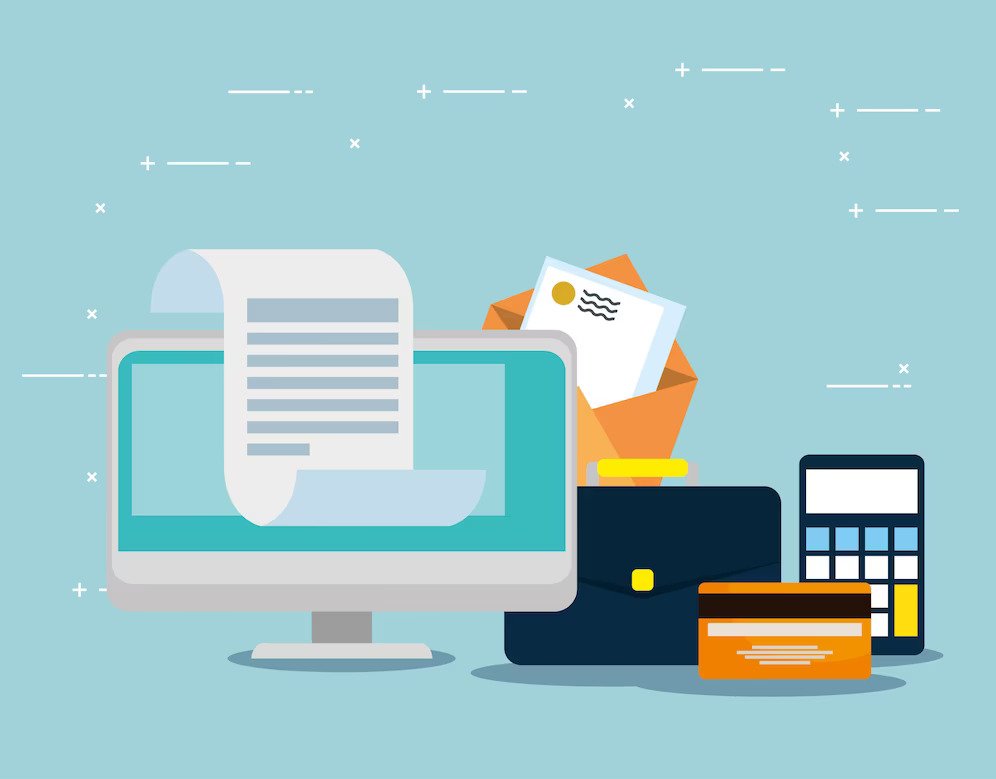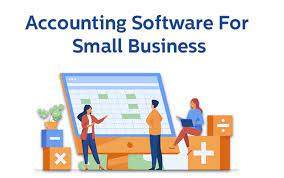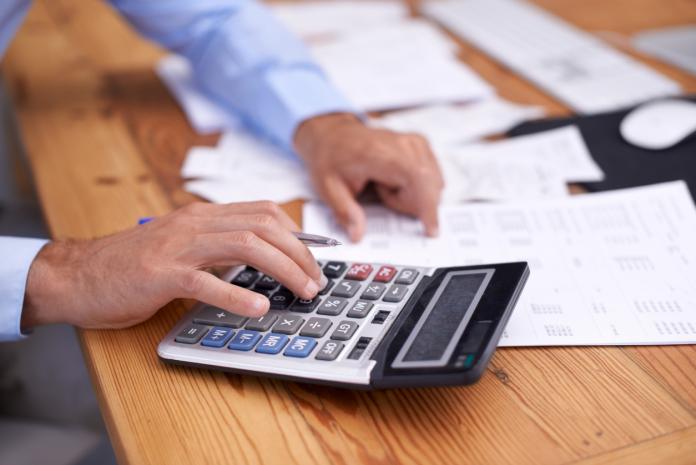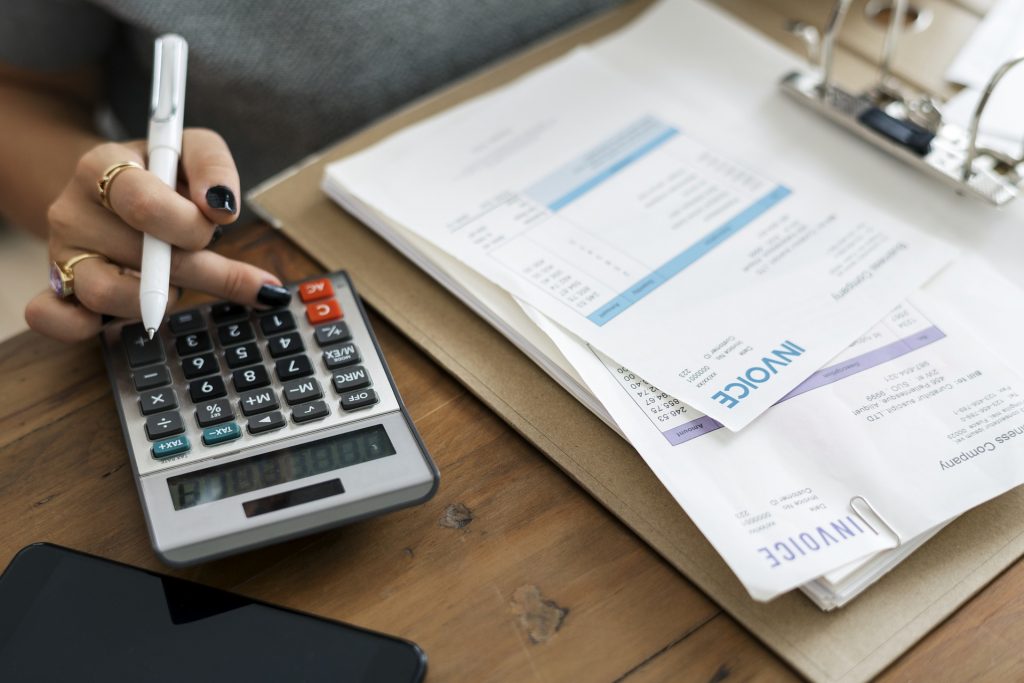Before we answer the question, ”is an invoice a bill/”, let’s define the terms to begin with. The words “invoice” and “Bill” could be similar depending on the perspectives we choose to analyse them.
But in deep understanding, they may be different from what you think. Both words, invoice and bill, contain information about the transactions that led to the amount payable by the buyers to the sellers.
In the business street, the merchants of the goods or services use the word invoice to refer to the amount the buyer is to pay.
While the term bill from the buyer points to the amount to be paid to the merchant of the goods and services. Despite both being crucial documents, their uses and legal status are different.
It is impressive to note invoices and bills are similar and not the same. This depends on the perspective we choose to analyse them.
They both contain details of transactions, but they are different in physical appearance and the information they report about the transaction.
Hence, is an invoice a bill? The answer is yes and no since the invoice is used for one-time transactions while the other is used for ongoing business, thus making both payment requests.
Depending on who is handing it out. Moreover, the magnitude of information contained in both documents differs.
We can say that invoices are more thorough than bills because they include the following information;
- The description of the goods or services rendered or purchased.
- The unit amount of each of the goods or services
- The total amount of the goods or services.
Whereas the bill does contain information like
- The amount payable
- The date by which payment is due.
In addition, a bill is often generated by the buyer or recipient of the goods and services. We will look at the different “invoices” and “bills”. This is to help us make an inference.
Is An Invoice a Bill? – Examining the facts
What Is An Invoice
An invoice is a letter merchant sends to a buyer of goods or services rendered. It is used to request payment and stands as a record of transactions.
Types of Invoice
There are different types of invoices. The first type is referred to as the Proforma Invoice. Before the delivery of goods or services, the merchant releases a proforma invoice to the buyer as an estimate.
The buyer has to approve the proforma invoice before the merchant can begin the completion of the delivery process.
The second type of invoice is referred to as the sales invoice. A sales invoice is issued to the buyer to request payment.
The sales invoice becomes a legal document of the transaction when payment has been made.
Another type of invoice is the Overdue invoice. An invoice that passed its due date is termed late.
The sales invoice is said to have turned into an overdue invoice when a customer becomes a defaulter in the payment agreement.
A consolidated invoice gathers all previous invoices for the same merchant and transforms them into a single invoice with a single grand total.
To collect upfront resources for a task to be completed, the merchant sends the buyer a retainer invoice.
The clients pay the amount specified on the retainer invoice to access the goods or services needed for the future.
We also have the interim invoice. An interim invoice divides the cost of the significant project across several payments.
When you finish the big job, you submit intermediate invoices. Interim invoice controls small businesses’ cash flow for big tasks.
The final is a type of invoice the merchants give buyers when the transaction is completed. The final invoice is forwarded online after the completion of the project.
The invoice could be used for quick business affairs. This is because it is crucial for business accounting. In eCommerce, invoices are frequently used after the payment of goods and services by the client.
What Is A Bill
A bill specifies the amount of money a consumer owes a firm, just like an invoice does.
A bill is a more common term that applies to different papers as opposed to an invoice, which refers to a specific type of document that contains set pieces of information.
A bill is used as a one-time payment, unlike an invoice. It is important to note that given when goods and services are received and paid for immediately.
But is a utility bill an expense?
From the perspective of the merchant, the utility bill is an expense. Following the accrual basis of accounting, the utility bill is referred to as an expense for the period represented by the meter reading dates under the accrual approach of accounting.
But this is not the story for the manufacturers. For the manufacturers, the utility bill is more intricate.
For the period covered by the dates of the reading meter, the utility bill for its selling sales and general administration will be a cost.
Yet a portion of its manufacturing overhead will consist of the utility bills for the direct and indirect manufacturing processes.
The Conclusion
Invoices and bills are frequently used interchangeably, which can cause misunderstanding. It is good to keep this in mind; as we draw the conclusion from this article.
It is natural for businesses to talk about invoices. But customers may refer to these documents as “bills”. Merchants and sellers must keep in mind at intervals when a customer calls about a problem with a “bill” but actually refer to the invoice that the merchant or seller just sent out.
This is a result of the perspective from which the transaction is viewed. We need to get familiar with the various invoice formats depending on sectors and business strategies.
Before drafting the invoice, we need to determine its objective. It might be done to negotiate, gather a down payment or make changes to an earlier invoice.
A seller may use a bill for as many things as they see fit. Bill generally accomplishes three main attributes. Firstly, money must be exchanged before it is generated.
This is done to bring knowledge to both the seller and the buyer of the worth of the goods or services.












